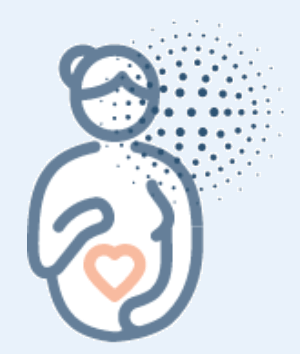Hydrops Fetalis Precision Panel
Hydrops fetalis or fetal hydrops is a lethal fetal condition defined as abnormal accumulation of fluid in two or more fetal compartments presenting as ascites, pleural effusion, pericardial effusion and skin edema.


The clinical utility of this panel is:
Waring, G. J., Splitt, M., & Robson, S. C. (2019). Fetal hydrops: diagnosis and prognosis. Archives of disease in childhood, 104(3), 209–210. https://doi.org/10.1136/archdischild-2018-315777
Mardy, A. H., Chetty, S. P., Norton, M. E., & Sparks, T. N. (2019). A system-based approach to the genetic etiologies of non-immune hydrops fetalis. Prenatal diagnosis, 39(9), 732–750. https://doi.org/10.1002/pd.5479
Bellini, C., & Hennekam, R. (2012). Non-immune hydrops fetalis: A short review of etiology and pathophysiology. American Journal Of Medical Genetics Part A, 158A(3), 597-605. doi: 10.1002/ajmg.a.34438
Sparks, T. N., Thao, K., Lianoglou, B. R., Boe, N. M., Bruce, K. G., Datkhaeva, I., Field, N. T., Fratto, V. M., Jolley, J., Laurent, L. C., Mardy, A. H., Murphy, A. M., Ngan, E., Rangwala, N., Rottkamp, C., Wilson, L., Wu, E., Uy, C. C., Valdez Lopez, P., Norton, M. E., … University of California Fetal–Maternal Consortium (UCfC) (2019). Nonimmune hydrops fetalis: identifying the underlying genetic etiology. Genetics in medicine : official journal of the American College of Medical Genetics, 21(6), 1339–1344. https://doi.org/10.1038/s41436-018-0352-6
Désilets, V., Audibert, F., Wilson, R., Audibert, F., Brock, J., & Carroll, J. et al. (2013). Investigation and Management of Non-immune Fetal Hydrops. Journal Of Obstetrics And Gynaecology Canada, 35(10), 923-936. doi: 10.1016/s1701-2163(15)30816-1
Jauniaux E. (1997). Diagnosis and management of early non-immune hydrops fetalis. Prenatal diagnosis, 17(13), 1261–1268. https://doi.org/10.1002/(sici)1097-0223(199712)17:13<1261::aid-pd292>3.0.co;2-c